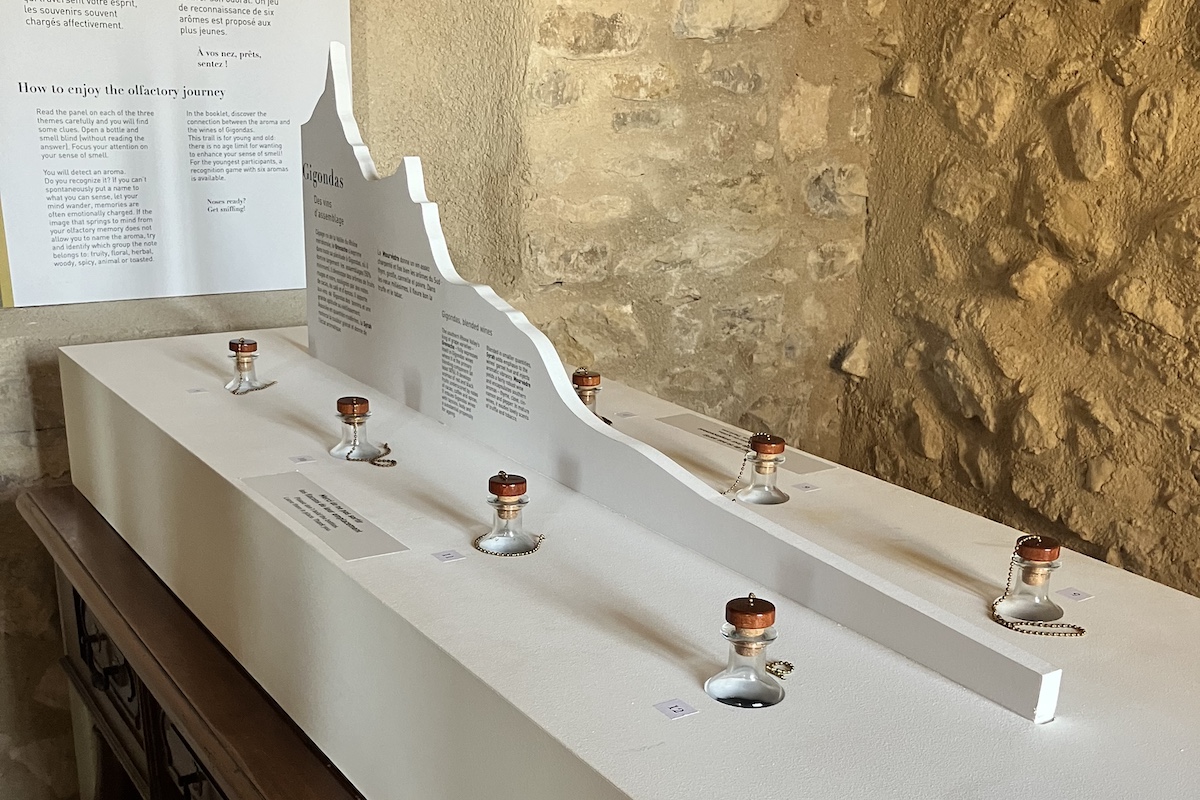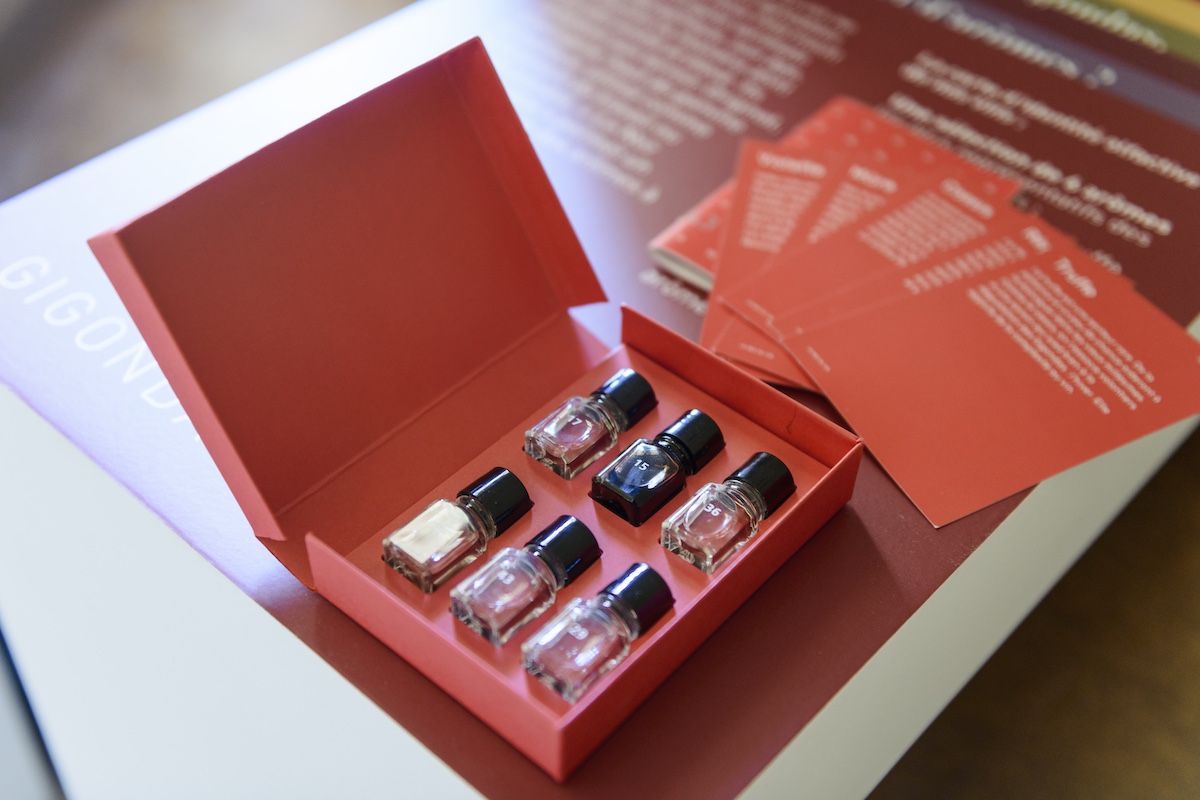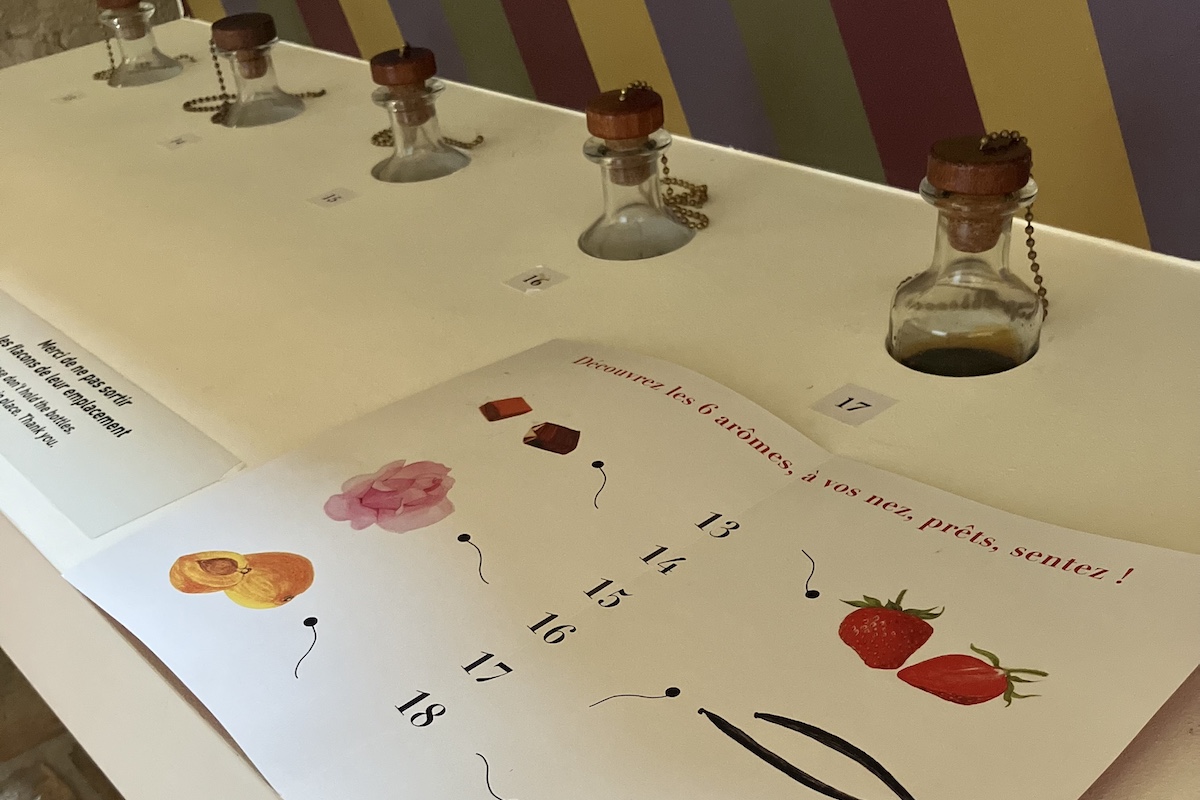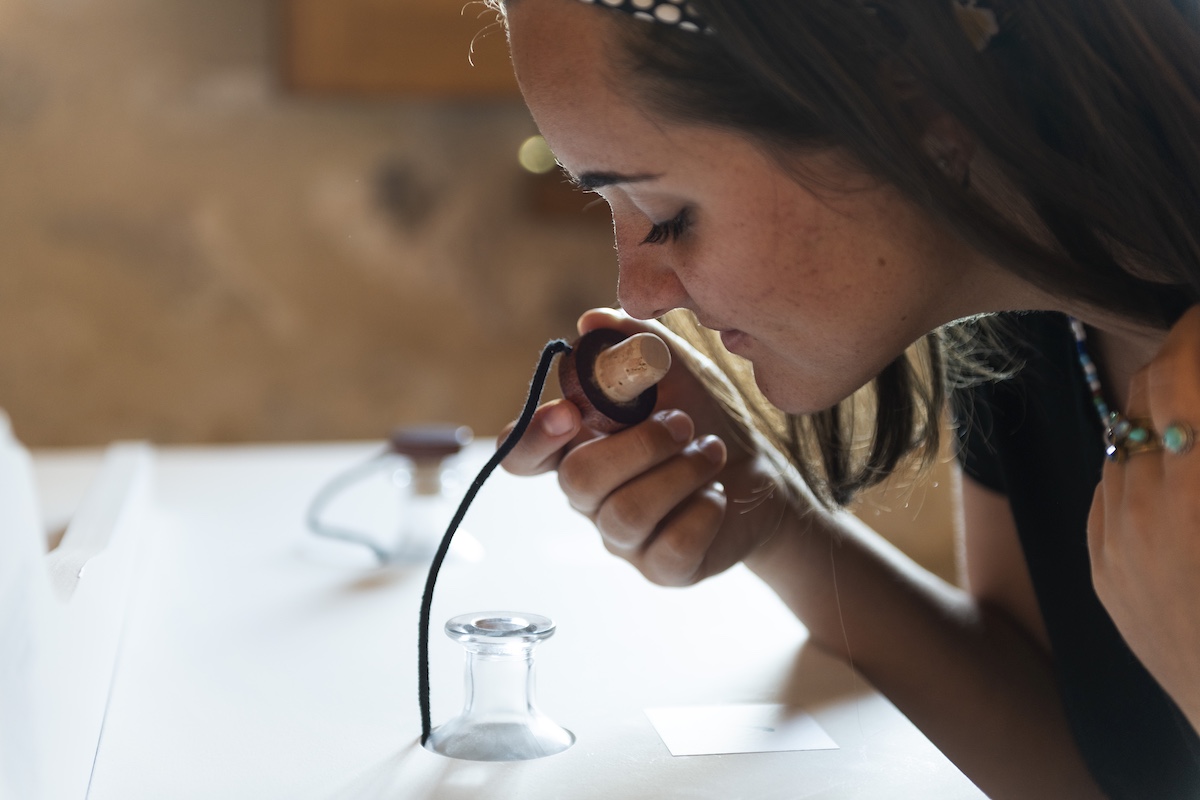When most people think of Provence, they think of the touristy villages dotting the Côte d’Azur, and the gorgeous golden light that drew some of France’s most famous artists to the region.
So, unless you are a wine connoisseur, the tiny village of Gigondas in the northern Vaucluse region of Provence probably isn’t even on your radar. This charming village, nestled among the dramatic peaks of the Dentelles de Montmirail mountain chain, is best known for its exceptional red wines, scenic vineyards, and quaint stone streets. With around 430 inhabitants, Gigondas is one of those quintessential Provençal villages often overlooked by the throngs of tourists who tend to stay farther south.
If you do, however, find yourself in the northern part of Provence, a stop in Gigondas offers plenty to fill your itinerary. Most visitors come to hike or bike through the Dentelles or spend the afternoon hopping between wine tasting rooms. And while strolling through the village is a charming way to pass the time, those who continue to climb the cobblestoned streets up to the very top are rewarded—not just with breathtaking views, but with a truly unique experience.
Every summer, for eight short weeks, the restored Hospices de Gigondas holds an Atelier Sensoriel workshop for visitors to test their sense of smell and learn more about the terroir that contributes to one of France’s favorite red wines.
The History of the Atelier Sensoriel

The veterans of the second Roman legion are credited with not only founding the city of Orange, known during that time as “Colonia Julia Arausio,” but also with establishing the first vineyards in what is now Gigondas. Remains of wine vats from the Gallo-Roman era have been uncovered at St Cosme, a vineyard located just a short walk from the town center.
Side note: We had accidentally visited Sainte Cosme while looking to take a friend on a few wine tastings around Gigondas and ended up getting much more than we could have ever expected out of the visit. Vintner James happened to be hosting a Wine and Music night where guests received a personal tour of the grounds (including the vats mentioned above) and an evening centered around music, and how certain musical notes elevate certain aromas and tasting notes of the wine. He plans on holding this event once a year in June and I highly advise anyone who will be in the area to check their site for more information and attend.

During the late 19th century, a devastating outbreak of phylloxera wiped out most of France’s vineyards, including those located in and around Gigondas. This prompted the farmers to replace the vines with olive groves. The trees thrived in the region’s limestone-rich soil and abundant sunshine, but they struggled to withstand the harsh winters, and ultimately lasted only a few decades. As a result, the olive trees were removed and the grapevines were replanted, restoring the area’s winemaking tradition. Since then, vineyards have remained a defining feature of the region, and in 1971, Gigondas was officially recognized as a Cru des Côtes du Rhône. This prestigious designation cemented the village’s status as one of the top-tier wine-producing areas in the Rhône Valley.
The sensory exhibit is held in the old Hospice, located at the top of the village. This building was once part of the old château and ramparts, which were built during the 13th and 14th centuries.
The Hospice once served as a food distribution and relief center for those in need throughout the surrounding countryside. However, it was later dismantled, with its beams and tiles sold and repurposed to construct the village wash house in the early 19th century. This left the Hospice in ruins for decades until 1984, when the village of Gigondas united to form the Gigondas d’Hier et d’Aujourd’hui Association, spearheading a full restoration of the historic site. It is now used to hold different exhibits throughout the year.
The Workshop

The Atelier Sensoriel marks a collaboration between Jean Lenoir—renowned amongst wine enthusiasts as “Le Nez du Vin,” or “The Nose of Wine,” a name referring to the importance of the sense of smell in wine tasting—and the vintners of Gigondas. Together, they have launched a “sensory workshop,” offering visitors a unique opportunity to explore Gigondas wines through the art of their specific aromas.
Originally from Burgundy, Jean Lenoir developed Le Nez du Vin kits in the 1980s, as tools to help sommeliers refine their sense of smell and enhance their wine-tasting abilities. Each set features a collection of vials, each containing a distinct aroma commonly found in wine, such as leather, vanilla, pepper, or blackberry.
The atelier will be open from early July 5th to August 30th, remaining closed on Mondays and during lunch hours. Entrance is free and comes with a booklet to help guide your visit through the space.
Part of the exhibit showcases an animated film explaining the biodiversity of the area and the geological formation of the Dentelles de Montmirail mountain chain.
Another section discusses the terroir’s unique limestone composition in depth, allowing visitors to gather a deeper understanding of how the land plays a major role in how the wine is created and what flavors it will have. Because of the chalky consistency of the soil surrounding the Dentelles de Montmirail, Gigondas wine is known to have a very distinct, mineral taste that is not found in any other Rhône Valley wines.
The rest of the space is dedicated to the sensorial experience.
Situated between two rooms, the workshop displays 12 different vials of scents commonly found in Gigondas wine. Guests are invited to remove the caps of each vial and breathe in the encapsulated scent within. A little book accompanies each guest on their sensorial journey, allowing them to smell each numbered vial and make a prediction as to what the scent is based off the notes they are able to identify.

There is even a little station set up for children to participate in the experience, allowing them to try their hand at identifying different scents such as vanilla, caramel, and rose.
Some of the scenes at the experience are not found amongst all Gigondas wines. Notes of leather, for example, will generally occur 15-20 years after being bottled. Likewise, the scent of truffle is considered rare, only occurring in very mature vintages.
Notes such as pepper and licorice, which are the scents most commonly found in wine specifically from Gigondas, are thought to be the ultimate flavor enhancer, with the licorice flavor directly linked to the limestone soil.
Whether you’re a seasoned wine lover or simply curious about what makes Gigondas wines so distinctive, the Atelier Sensoriel offers an experience that lingers long after you’ve left the village. Between the breathtaking views, the rich history woven into every stone and vine, and the chance to sharpen your senses through the region’s signature aromas, this immersive workshop is more than just a tasting—it’s a deeper connection to the land, the people, and the passion behind every bottle. So if you find yourself in the northern part of Provence this summer, take the time to wander up those cobbled streets, breathe in the scents of Gigondas, and let the story of its wine unfold around you.
Rachel Lipko is the creator of When in Provence, a travel blog where she shares stories, tips, and snapshots from life in Provence. When she’s not writing, you’ll find her wandering cobblestone streets, antique hunting at brocantes or helping students fall in love with language.

